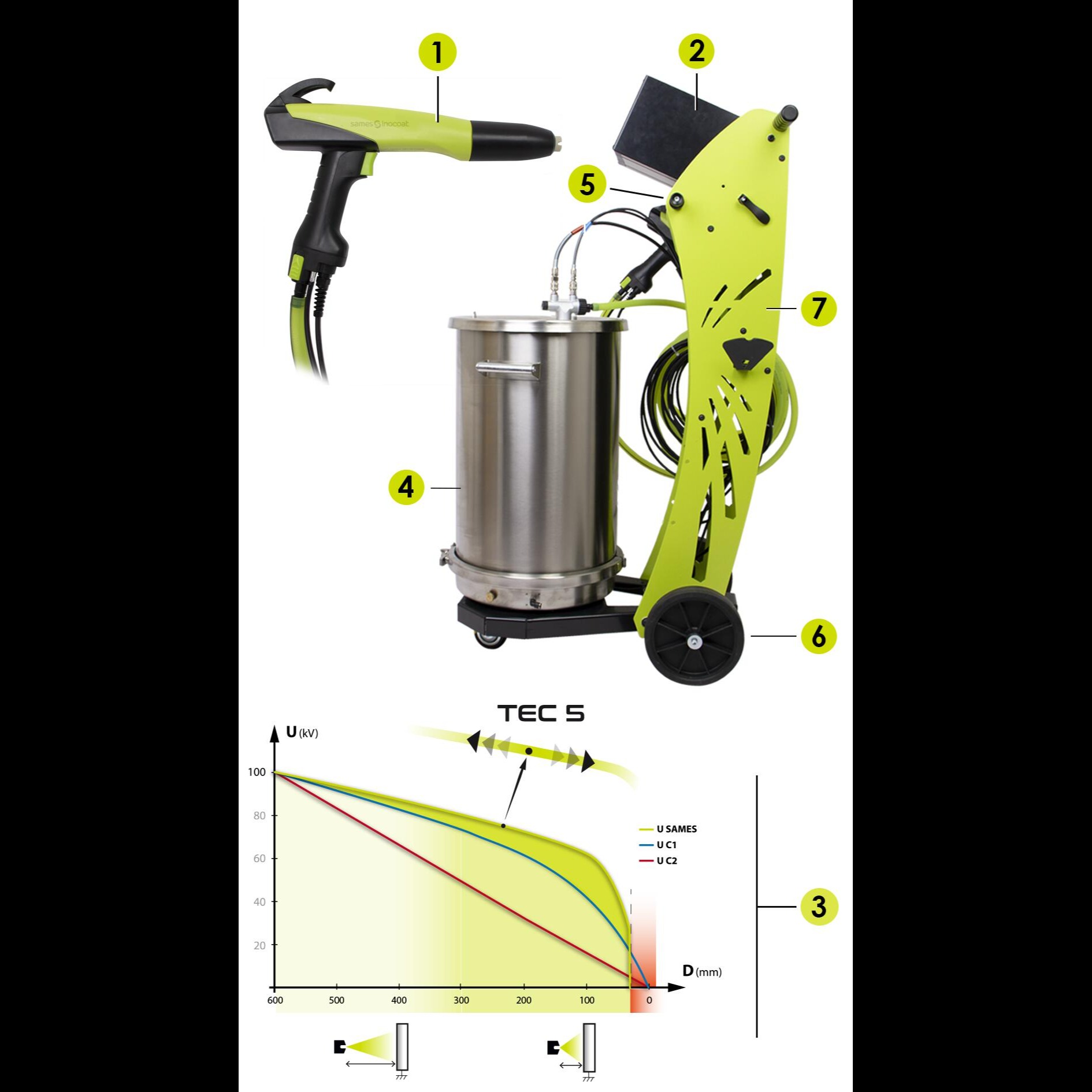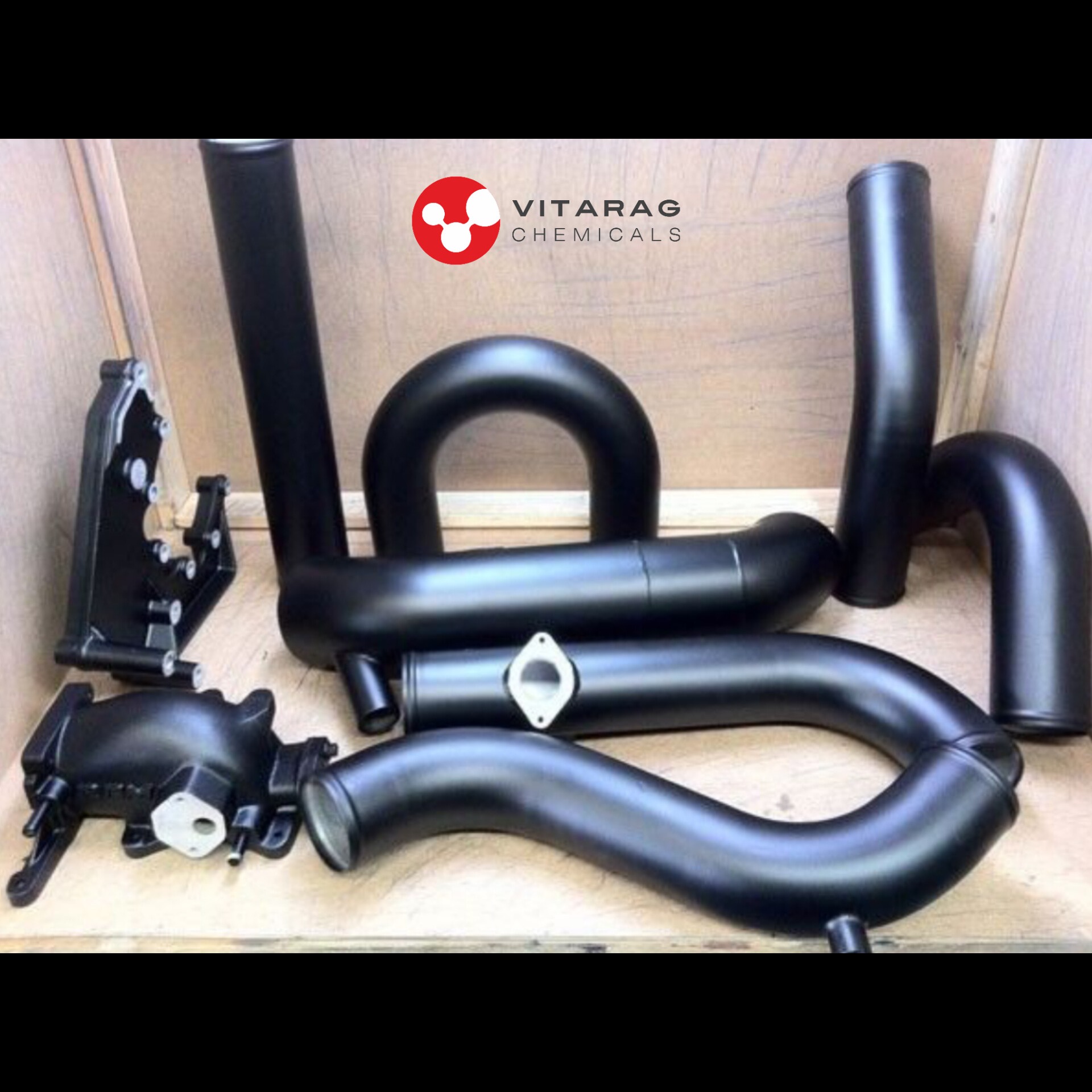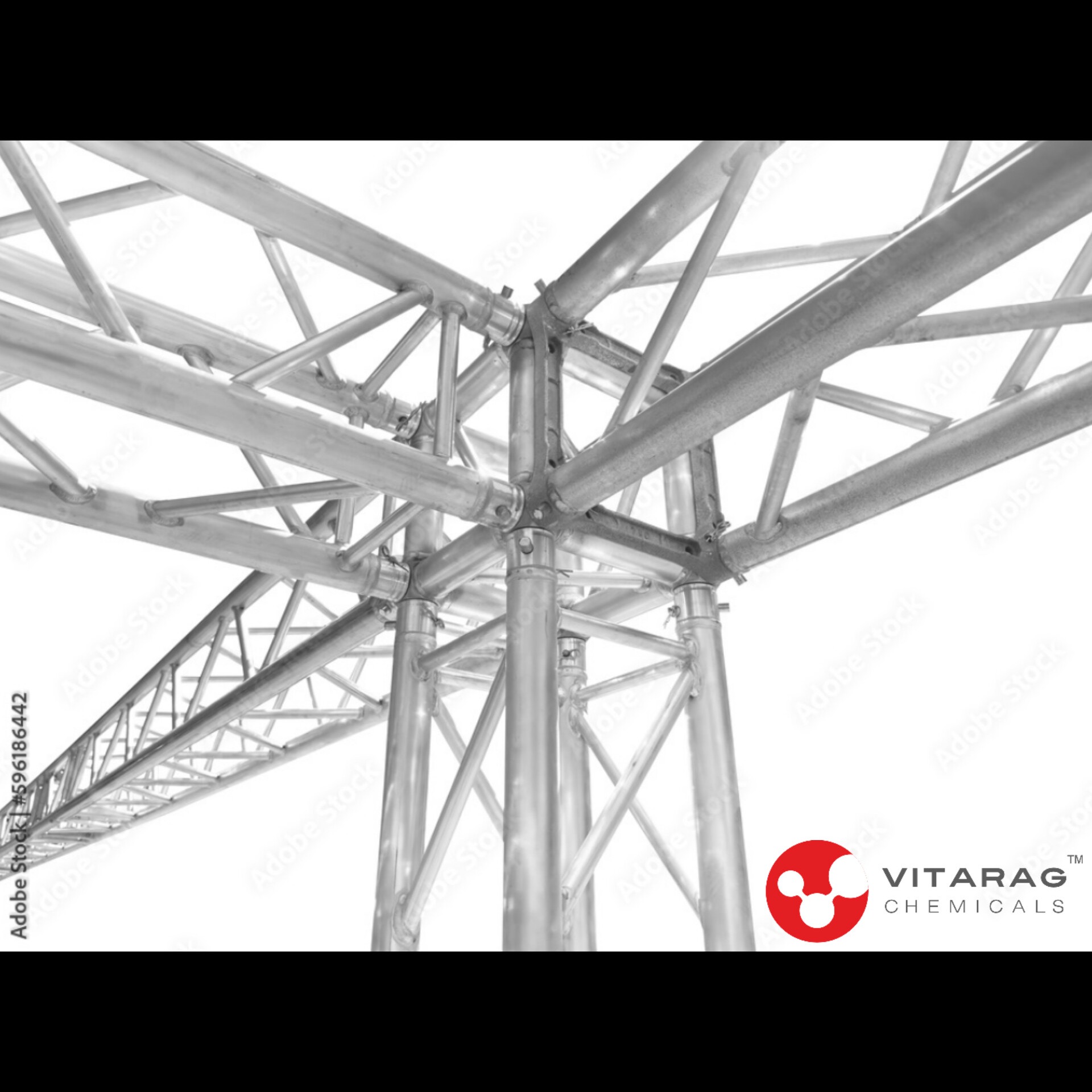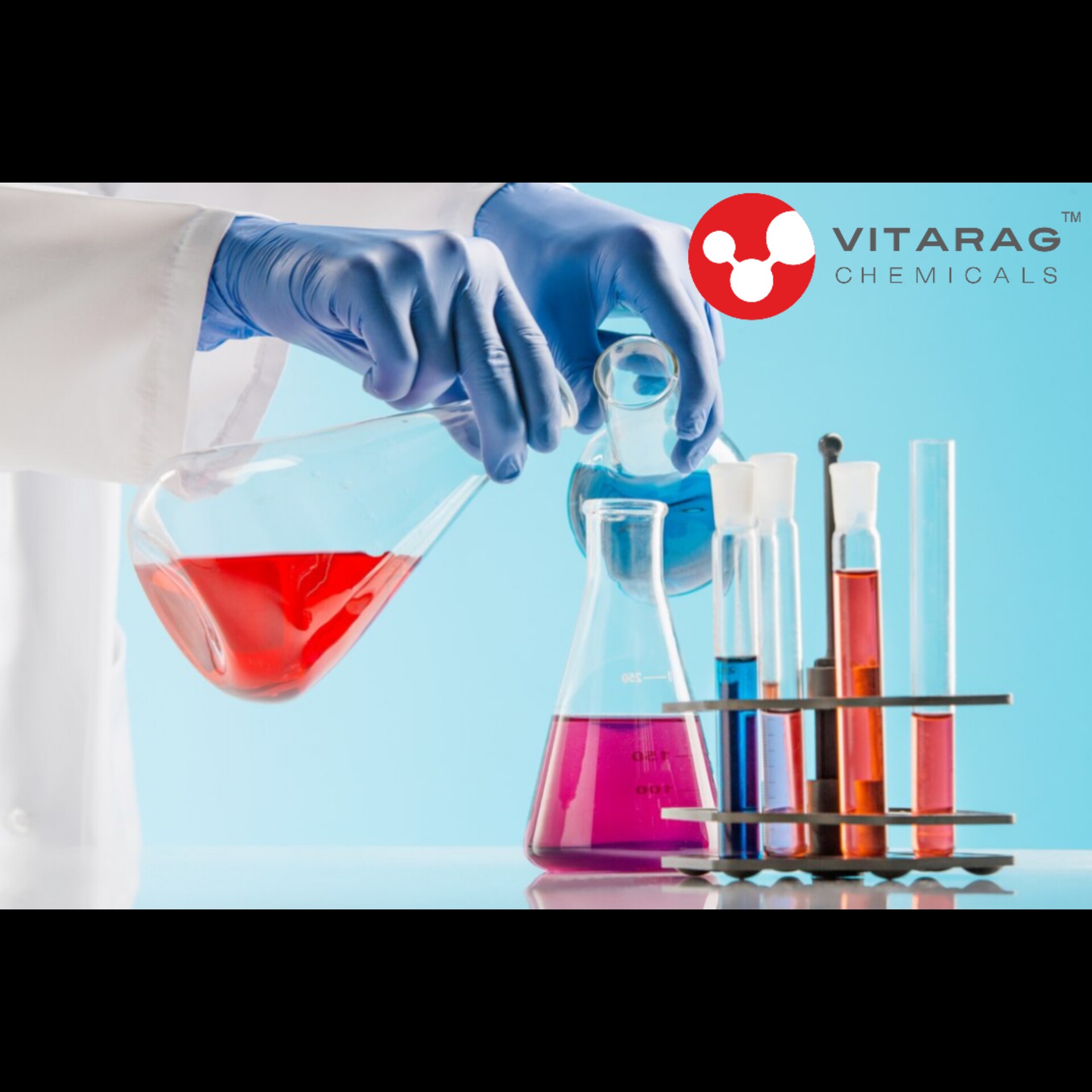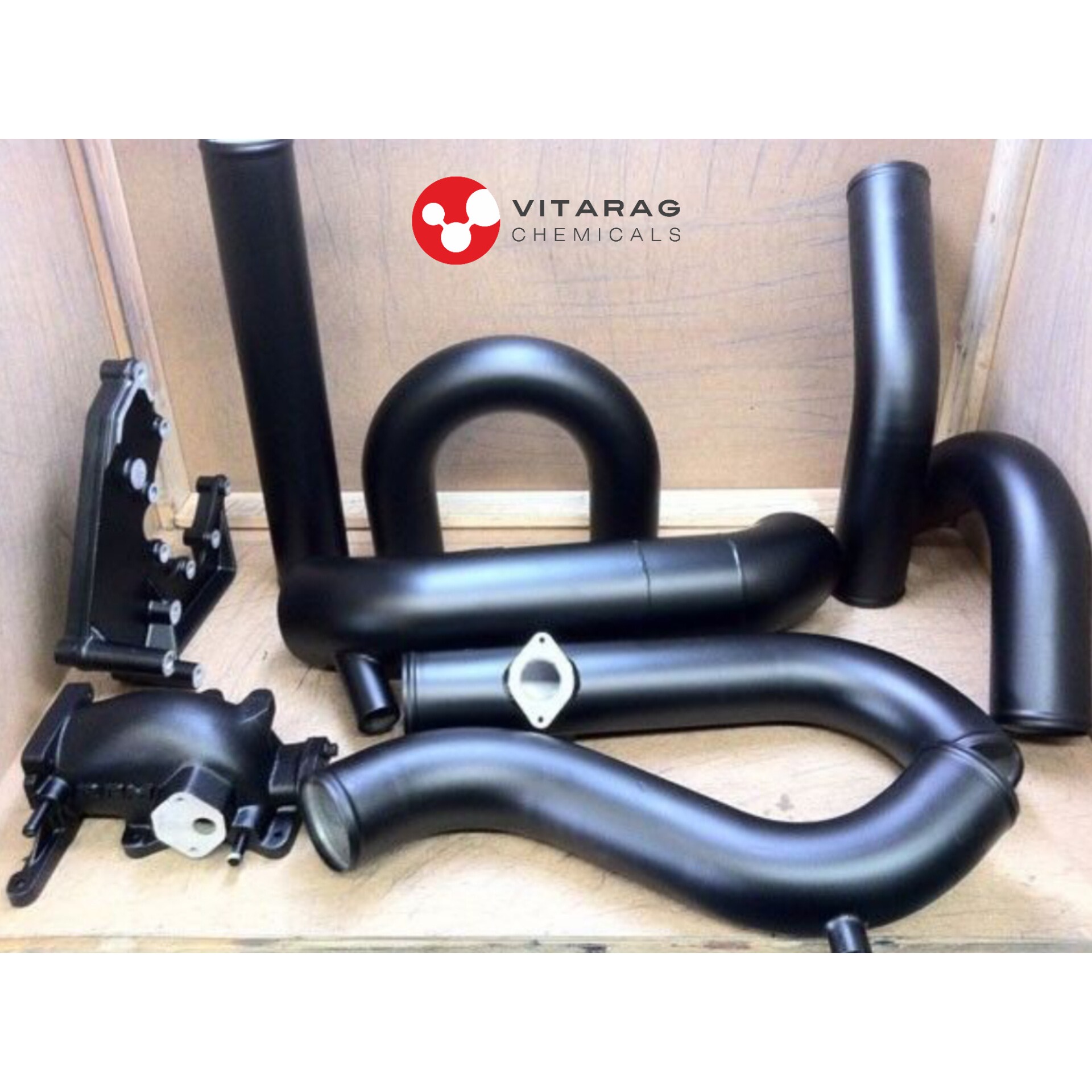
Blackening Chemical VS Plating
- Blackening and plating are two common surface treatment methods used to improve the appearance, durability, and corrosion resistance of metal parts. Here's a comparison of blackening (sometimes called black oxide coating) versus plating (like zinc, chrome, or nickel plating):
1. Process
- Blackening (Black Oxide):
1. This is a conversion coating process where the surface of the metal is chemically altered to form a layer of oxide (iron oxide in the case of steel). The process involves dipping the metal into a series of
baths, which usually includes cleaning, a hot alkaline solution, and a sealing process with oil or wax.
2. This method doesn’t add thickness to the metal but changes the color and slightly enhances corrosion resistance.
- Plating:
- Involves depositing a layer of metal (such as zinc, nickel, or chromium) onto the surface of a base metal using electroplating or electroless plating processes. The deposited layer provides a barrier against corrosion and improves wear resistance.
- Plating adds a measurable layer of metal to the surface, which can be controlled for thickness.

